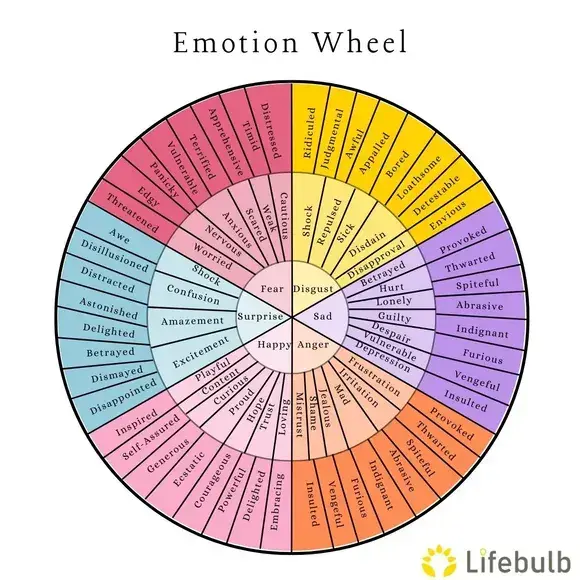Whether you’re an elite athlete or someone just beginning their fitness journey, you’ve probably heard of VO2 max. It’s a term often thrown around in discussions of endurance and performance, but what does it really mean? How does it impact your training, and how can you improve it to achieve better results?VO2 max is a critical marker of cardiovascular fitness and one of the most important factors that determine an athlete’s endurance capacity. In simple terms, VO2 max refers to the maximum amount of oxygen your body can use during intense exercise. The higher your VO2 max, the more oxygen your body can utilize, which translates into improved stamina, faster recovery, and better overall performance.
What Is VO2 Max?
VO2 max, or maximal oxygen uptake, is the measurement of the maximum volume of oxygen your body can take in and use during intense physical exertion. It’s typically expressed in milliliters of oxygen used per minute per kilogram of body weight (mL/kg/min). Simply put, it reflects how well your heart, lungs, and muscles work together to deliver oxygen to your body’s tissues during exercise.The higher your VO2 max, the more oxygen your body can use, allowing you to exercise at higher intensities for longer periods without tiring. VO2 max is influenced by several factors, including genetics, age, training level, and overall cardiovascular health. It is a strong predictor of endurance performance and is often used in sports science to assess an athlete’s aerobic fitness.
Why Is VO2 Max Important?
VO2 max is widely regarded as the best indicator of aerobic endurance. Whether you’re running, cycling, swimming, or engaging in any endurance sport, VO2 max directly correlates with your ability to perform over long periods. If you’re looking to increase your stamina or improve your time in an endurance event, increasing your VO2 max can help you push further, longer, and harder.Improving your VO2 max means you can perform at a higher intensity without tiring as quickly. For athletes, this translates into better race times, improved efficiency, and the ability to sustain high efforts over longer periods. In competitive sports, such as distance running, cycling, or rowing, a high VO2 max can be a game-changer in gaining that extra edge.
Enhances Recovery
A high VO2 max not only improves your ability to sustain intense exercise but also plays a role in how quickly you recover afterward. Athletes with a higher VO2 max tend to recover more rapidly between bouts of exertion because their cardiovascular system is more efficient at delivering oxygen and removing metabolic waste products from the musclesEven if you’re not an athlete, improving your VO2 max has health benefits. VO2 max is associated with cardiovascular health, with a higher value generally indicating better heart and lung function. Increasing your VO2 max through regular exercise can reduce your risk of heart disease, stroke, and other chronic conditions while boosting your overall energy levels and quality of life.
How Is VO2 Max Measured?
VO2 max is typically measured through a graded exercise test (GXT), which is conducted in a clinical or sports science setting. During this test, you exercise at increasing intensities—often on a treadmill, cycle ergometer, or rowing machine—while your oxygen consumption is measured using a mask or mouthpiece connected to a machine. As the intensity of the exercise increases, the volume of oxygen you consume will also increase until you reach your maximum effort, at which point your VO2 max is recorded.There are also several wearable devices available that estimate VO2 max based on heart rate and exercise intensity, although they might not be as precise as a laboratory test. These devices can give you a general idea of your aerobic capacity and track changes over time.
How Can You Improve Your VO2 Max?
Improving VO2 max takes time and consistent effort. It involves pushing the limits of your aerobic capacity with specific training techniques that challenge your cardiovascular system. Here are several effective strategies to boost your VO2 max.The foundation of improving VO2 max is regular, sustained aerobic exercise. Activities like running, cycling, swimming, or rowing work your cardiovascular system, gradually improving its efficiency. As you train, your heart becomes better at delivering oxygen to your muscles, and your muscles become better at utilizing that oxygen.HIIT is one of the most effective ways to improve VO2 max. HIIT involves alternating between periods of high-intensity exercise (such as sprints or intense cycling) and short recovery periods. This method pushes your cardiovascular system to work at its maximum capacity, which increases the oxygen uptake capacity over time.
Threshold Training
Threshold training, also known as lactate threshold training, involves exercising at a pace just below your “lactate threshold”—the point where lactate (a byproduct of anaerobic energy production) starts to accumulate in the blood. This type of training helps increase your endurance by improving your body’s ability to process lactate and delay fatigue, ultimately improving your VO2 max.While interval training is highly effective for improving VO2 max, long, steady-state training also has its place. Training at a moderate intensity for longer durations helps improve your aerobic capacity by allowing your body to become more efficient at using oxygen over extended periods of time. This type of training is especially useful for endurance athletes, such as marathoners or triathletes.
Cross-Training
Incorporating a variety of aerobic activities into your routine can help keep your training fresh and challenge your cardiovascular system in different ways. Cycling, swimming, rowing, or even brisk walking can all contribute to improvements in VO2 max.Although strength training doesn’t directly improve VO2 max, it can complement aerobic training by increasing muscle strength and endurance, allowing you to perform aerobic exercises more effectively and efficiently. Stronger muscles mean better performance when you engage in endurance activities, and they also help protect against injury.
How to Track and Maintain Your VO2 Max
To track your progress, it’s important to measure your VO2 max periodically—whether through lab testing, using a wearable device, or tracking performance metrics such as race times. Monitoring changes in your VO2 max can help you assess the effectiveness of your training program and ensure that you’re heading in the right direction.Remember that VO2 max tends to plateau over time, especially for those who are already well-trained. However, with continued effort and variation in your training, you can still see improvements and maintain your aerobic fitness well into the future.
Conclusion
VO2 max is more than just a number—it’s a reflection of your body’s ability to deliver and utilize oxygen during intense physical activity. Whether you’re aiming to improve your endurance, recover faster, or simply enhance your overall fitness, focusing on improving VO2 max can help you achieve your goals. Through consistent aerobic exercise, high-intensity intervals, and cross-training, you can maximize your oxygen uptake, push the limits of your performance, and ultimately thrive in all your physical endeavors.




